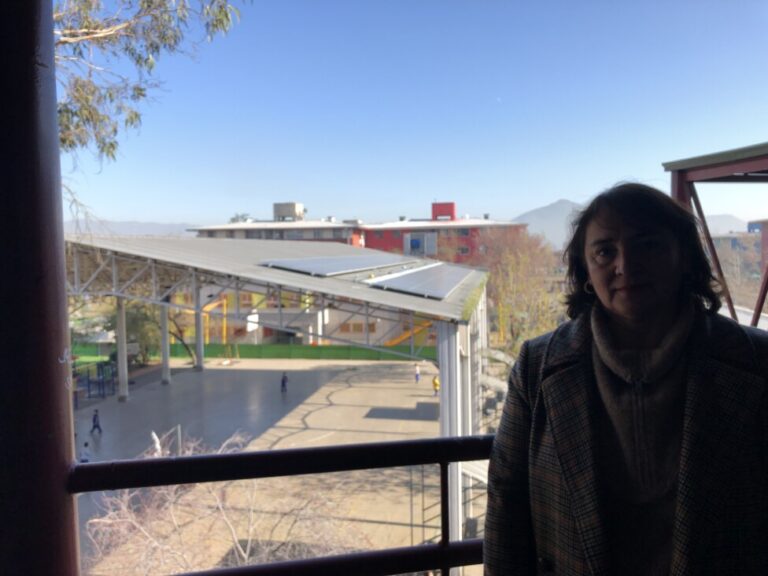EB–5 stakeholders ensure all previously approved regional centers maintain authorization moving forward
WASHINGTON, D.C., Aug. 25, 2022 (GLOBE NEWSWIRE) — Multiple EB–5 industry stakeholders have entered into a settlement agreement with the United States Citizenship and Immigration Services ("USCIS") that protects EB–5 investors and re–authorizes previously approved regional centers, effectively signaling the EB–5 program is fully back in business.
The settlement affects two cases: Behring Regional Center LLC, et al. v. Mayorkas, et al., No. 3:22–cv–2487–VC (N.D. Cal.) and EB5 Capital, et al. v. DHS, et al., No. 3:22–cv–3948–VC (N.D. Cal.). The plaintiffs include EB–5 regional center operators: EB5 Capital, CanAm Enterprises, Civitas Capital Group, Golden Gate Global, Pine State Regional Center, and EB–5IC's member "" Behring Regional Center, and industry organization Invest in the USA ("IIUSA").
The key stipulations of the settlement "" which can be read in its entirety here "" are as follows:
- Previously authorized regional centers retain their authorization.
- Previously authorized regional centers must file a Form I–956 (a previously filed I–956 will meet this requirement) by December 29, 2022, along with the filing fee to maintain authorization.
- Previously authorized regional centers need not wait for approval of their Form I–956 and may immediately file I–956Fs (exemplars).
- If, after filing a form I–956F, a regional center does not receive a formal receipt notice within ten calendar days of delivery to USCIS, an investor may use other forms of proof of the I–956F filing in their I–526E petition, such as a lock box receipt, cashed check, or credit card charge provided by the regional center to the investor.
- The failure of a previously approved regional center to file a Form I–956 application or amendment will not, standing alone, be a basis for USCIS to deny an investor's I–526 or I–829 petition.
- USCIS will update its website, forms, and instructions to conform to the terms of the settlement agreement.
The settlement comes in the wake of legal action taken to protect the EB–5 industry from USCIS' decision earlier this year. After the EB–5 Reform and Integrity Act of 2022 went into effect in March, USCIS announced that all previously approved regional centers (those authorized by USCIS before the enactment of the Integrity Act) were categorically deauthorized. The Court determined that USCIS' action almost certainly committed legal error and would have severely harmed the EB–5 industry while leaving EB–5 investors in limbo. While all parties involved have agreed to the settlement, it is not a final settlement until approved by the court.
"Judge Chhabria's grant of a nationwide preliminary injunction, and USCIS' subsequent agreement to a reasonable settlement, enables the EB–5 Regional Center program to move forward contributing to the U.S. economy and creating American jobs," said Ron Klasko of Klasko Immigration Law Partners. "Judge Chhabria's thorough and well–reasoned decision provided the essential impetus for USCIS and the EB–5 industry to work constructively in reaching an agreement," said Paul Hughes of McDermott Will & Emery.
"We hope this marks the beginning of a new era of cooperation between USCIS and the EB–5 industry," commented Laura Reiff of Greenberg Traurig. "This settlement ushers in a regional center program that provides the entire EB–5 ecosystem with the stability and certainty needed to ensure an optimal program," stated Jeff Campion from EB–5IC.
The EB–5 Program has an overwhelmingly positive impact on the U.S. economy. Between 2008 and 2021, the EB–5 program helped generate $37.4 billion in foreign direct investment to create and retain U.S. jobs for Americans at no cost to the taxpayer.
EB5 Capital provides qualified investors from around the world with opportunities to invest in job–creating commercial real estate projects to obtain U.S. permanent residency, as well as private equity investments and secondary passports. For more information, follow EB5 Capital on LinkedIn and visit www.eb5capital.com.












